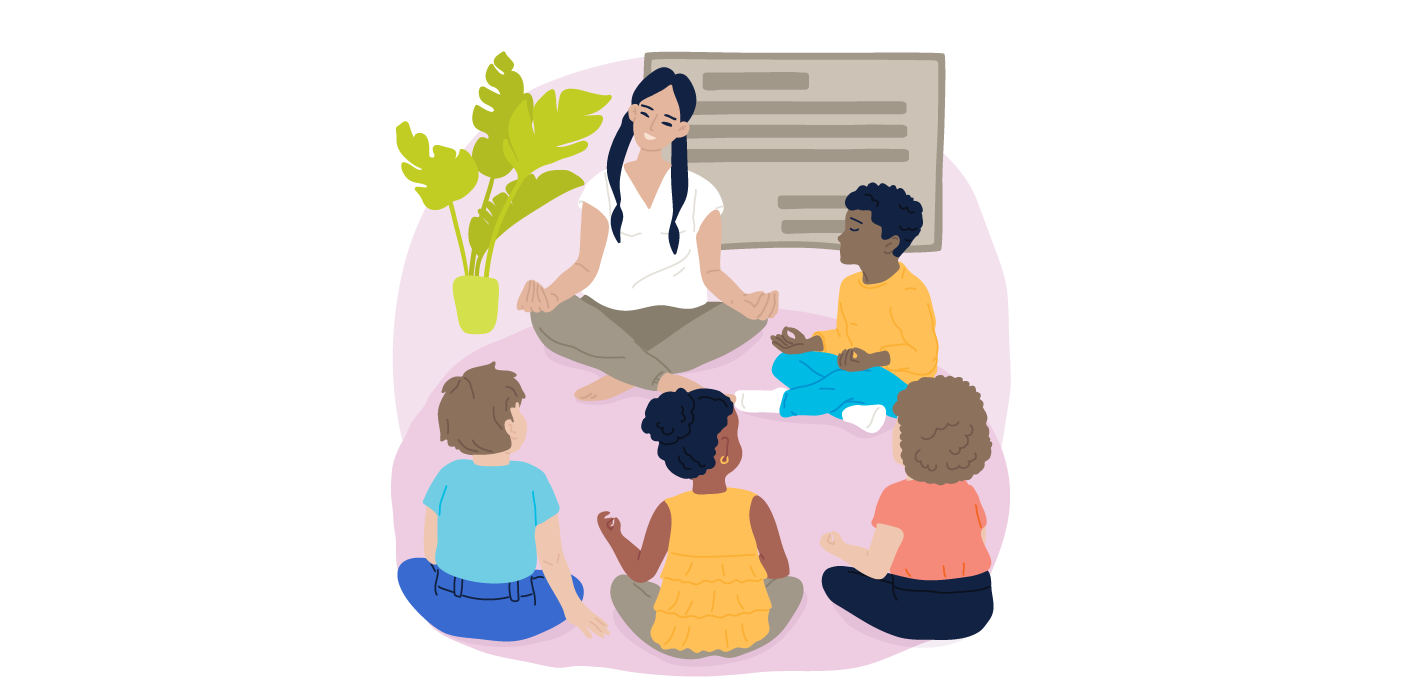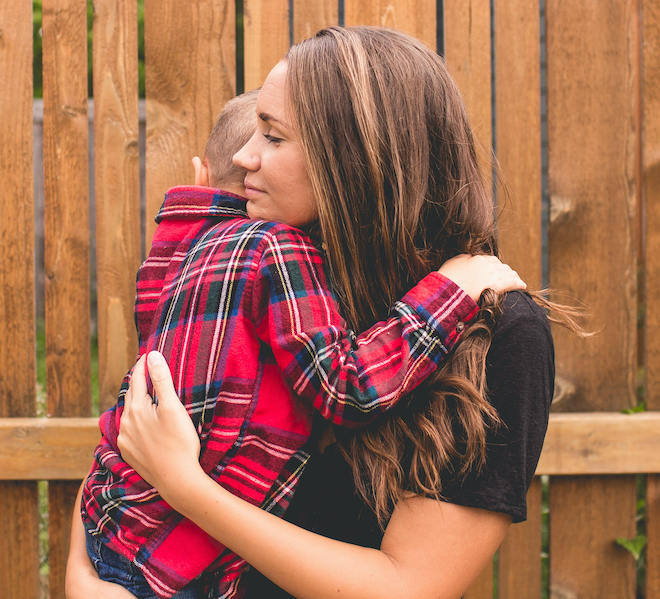 What’s a healthy balance of teaching and mental health support that will help students thrive while keeping teachers’ jobs manageable? Edutopia talked to teachers and mental health experts to find answers.
What’s a healthy balance of teaching and mental health support that will help students thrive while keeping teachers’ jobs manageable? Edutopia talked to teachers and mental health experts to find answers.
Schools have long been the place where many students received mental health treatment—“not on a leather couch in a wood-paneled office, as movies would have us believe,” says Boston University clinical psychologist Jennifer Greif Green. Providing access to mental health services in schools, through counselors and social workers, makes crucial supports more accessible to kids who are less likely to get treated for issues like anxiety and depression, especially low-income students and students of color.
But there is a chasm between the ideal, in which a well-trained teacher can identify a struggling child and send them to the counselor’s office for help, and the reality: Most schools only have one counselor to every 415 students—half the recommended number—and in middle and high school, the ratio is often worse, says Jill Cook, executive director of the American School Counselor Association (ASCA).
When schools are short on counselors and other staff, that job falls to teachers. Mental health support, Susan Norwood, a high school English and cinema studies teacher in Metro Nashville Public Schools says, has become just as much a part of her job as teaching—something that’s especially challenging for teachers of tested subjects like English and math, where there’s great pressure to help students meet academic benchmarks.
The SEL Connection
In summer 2022, Congress approved $1.7 billion aimed at expanding school-based mental health services and addressing chronic counselor shortages. Even with an influx of much-needed funding, critics of school-based social and emotional curricula argue that allowing the language and practices of therapy to enter the classroom amounts to “mission creep,” and sets up insurmountable challenges for schools and teachers.
There’s an important distinction to be made, however, between the beneficial impacts of school- and classroom-based SEL efforts and the crisis-level response the youth mental health emergency so urgently requires.
School-based cultures of support—while certainly not enough all on their own to turn the tide in the mental health crisis—can and do have an impact, reducing levels of student stress, isolation, and depression.
Yet the bleak trajectory among kids towards greater levels of anxiety and depression, suicidal ideation and even attempted suicide, suggests that while the wellness structures that teachers can provide are important, they’re unlikely to be commensurate to the need.
The Role of Teachers
Piling more responsibilities on teachers—already stretched to the limit with overcrowded classrooms, long hours, and intense workloads—is not the answer. Ultimately, teachers should stay focused on the academic success of students, which is intertwined with emotional and psychological wellbeing, but should not be subsumed by it.
In building school-based cultures of support, teachers who don’t feel comfortable in the role of emotional counselor can explore simple strategies that benefit students while staying within content areas, says Phyllis Fagell, a school counselor and author of the book Middle School Matters.
Across grade levels, teach kids emotional literacy, the ability to understand emotions’ biological basis—not only their own, but others’ as well, and how to name emotions, and take others’ perspectives. Focus on building resilience: research shows that higher levels of resilience are correlated with fewer mental health problems like depression and anxiety. “Resilience works like a muscle we can build through effort and repetition, and we want to keep our muscles strong and flexible so we can think of many ways to solve a problem,” says psychologist and author Mary Alvord.
Meanwhile, we need to examine why teachers and schools are left to solve problems that are out of their control and outside most educators’ professional training, says Micere Keels, associate professor and founder of the Trauma Responsive Educational Practices at the University of Chicago.
“We no longer have the extended family and local community that keep us mentally healthy,” says Keels, who developed a set of free mental health lessons for teachers to use with students. “That’s where our schools are trying to pick up the slack.”
Excerpted from “What’s the Role of Teachers in Supporting Student Mental Health?” in Edutopia. Read the full article online for additional details.
Source: Edutopia | What’s the Role of Teachers in Supporting Student Mental Health?, https://www.edutopia.org/article/the-doctor-is-in-your-classroom | © 2023 George Lucas Educational Foundation
If you have concerns about your child or teen, CHC Care Coordinators can arrange a free 30-minute consultation so you can explore options with an expert. We invite you to call or email us at 650.688.3625 or careteam@stage.chconline.org to set up an initial Parent Consultation appointment. CHC teletherapy services are available now.





